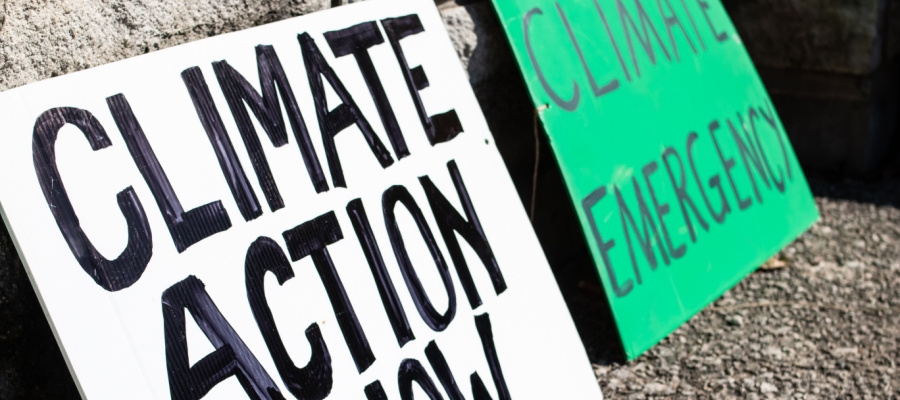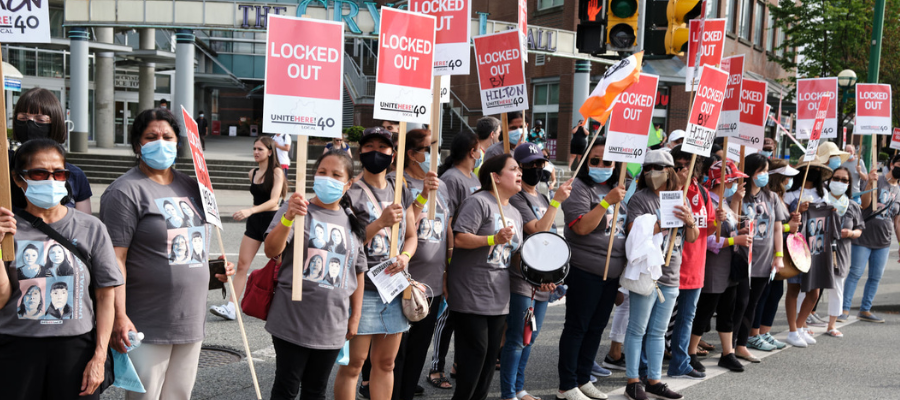Raising emissions while pledging to lower them — British Columbia’s Orwellian LNG gambit

In 2007, then-BC premier Gordon Campbell passed the “Greenhouse Gas Reduction Targets Act” committing BC to a 33 per cent reduction in emissions from 2007 levels by 2020.
Despite premier Campbell’s good intentions, emissions in 2020 were down just 1.6 per cent.
In 2016, in lieu of increasing the carbon tax implemented in Campbell’s greenhouse gas reduction act, premier Christy Clark promised to reduce emissions by 25 megatonnes per year. It didn’t happen.
In 2020, BC set a new target of 16 per cent below 2007 levels by 2025, perhaps forgetting that 2025 was the year LNG Canada’s Phase 1 would come on stream boosting BC’s emissions by 6.6 megatonnes, or more than 10 per cent.
In 2021, premier John Horgan introduced the CleanBC Plan which pledged to reduce emissions in 2030 by 40 per cent. This is the year when LNG Canada Phase 2 will come on line boosting emissions by an additional 6.6 megatonnes per year.
Despite this dismal track record, BC has just approved another LNG project. Cedar LNG, a floating facility to be constructed near Kitimat, will export three million tonnes of LNG and produce 1.2 megatonnes of emissions annually for 40 years.
Despite a dismal track record, BC has just approved another LNG project.
Although LNG Canada was approved in 2015 under older, less-stringent legislation, Cedar LNG was approved under the 2019 Impact Assessment Act (IAA), which requires “projects with a lifetime beyond 2050 to provide a credible plan that describes how the project will achieve net-zero emissions by 2050.”
An examination of the Cedar LNG application reveals it has no plan for the 80 per cent of emissions that would come from producing and transporting the gas to be liquefied. And its plan to deal with emissions from the liquefaction terminal is simply “it is assumed that Cedar will purchase offset credits to achieve net-zero in 2050” without consideration of the cost, economic impact or source of the offset credits.
As part of the 2019 “Impact Assessment Cooperation Agreement Between Canada and British Columbia”, the federal Government agreed in early 2020 to a substituted environmental assessment administered by the BC Environmental Assessment Office (EAO) to meet the requirements of the IAA. Notwithstanding the fact that the IAA requires a credible net-zero plan, the BC ministers responsible for approving the Cedar LNG application claim the B.C. assessment report meets the IAA requirements.
Upstream emissions from Cedar LNG are estimated by the proponent to amount to 80 per cent of the project’s emissions and are “incremental”, meaning they would not occur if the project was not built. The proponent claims, however, that the project’s emissions “are not expected to be incremental on a global scale”, as “it is possible that if the Project did not proceed, a higher GHG intensity production source may meet the market demand.”
This is speculation, of course, as it is also possible that an equal or lower intensity production source would meet market demand in the absence of Cedar LNG. Nonetheless, this claim is apparently a good enough excuse for Environment and Climate Change Canada (ECCC) and the BC EAO to ignore upstream emissions from the project. Although the BC assessment report acknowledged that upstream emissions would be 959-975 kilotonnes per year, it then stated, “These upstream GHG emissions are not considered to be part of Cedar LNG’s emissions.”
Canada and BC are not serious about their emissions reduction promises.
Although Cedar’s upstream emissions may be ignored by ECCC and the BC EAO, they will not be ignored when measuring compliance with BC’s and Canada’s emission reduction targets. The IEA warns “If governments are serious about the climate crisis, there can be no new investments in oil, gas and coal”. The Orwellian emissions accounting scheme used to justify Cedar LNG with its 40-year lifespan clearly shows Canada and BC are not serious about their emissions reduction promises.
Perhaps uneasy about the emissions accounting smokescreen in its environmental assessment and to distract the publics’ attention, the province held a second news conference within hours of announcing the approval of Cedar LNG heralding stringent new rules for future LNG projects. The province will now “require all proposed LNG facilities in or entering the environmental assessment (EA) process to pass an emissions test with a credible plan to be net zero by 2030.”
Cedar LNG is, of course, exempt from these new rules having been approved hours earlier. And the planet’s atmosphere will have to endure another 14 megatonnes of annual emissions when the three approved LNG projects come on stream between 2025 and 2030.
George Orwell may be turning over in his grave.
Topics: Climate change & energy policy, First Nations & Indigenous, Fracking & LNG

